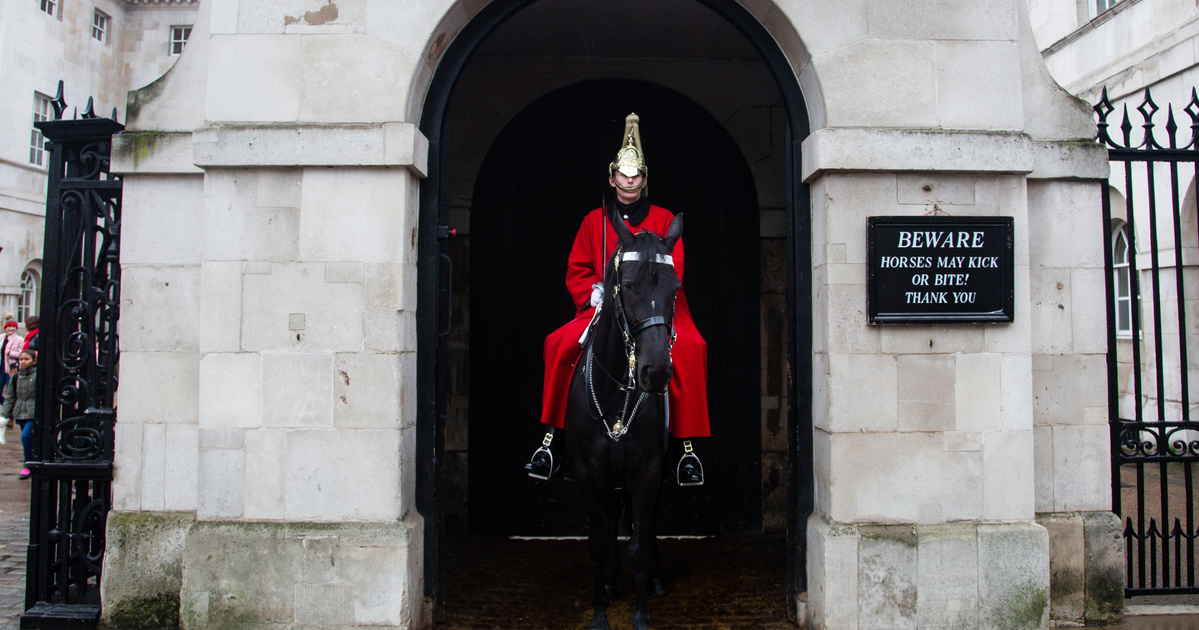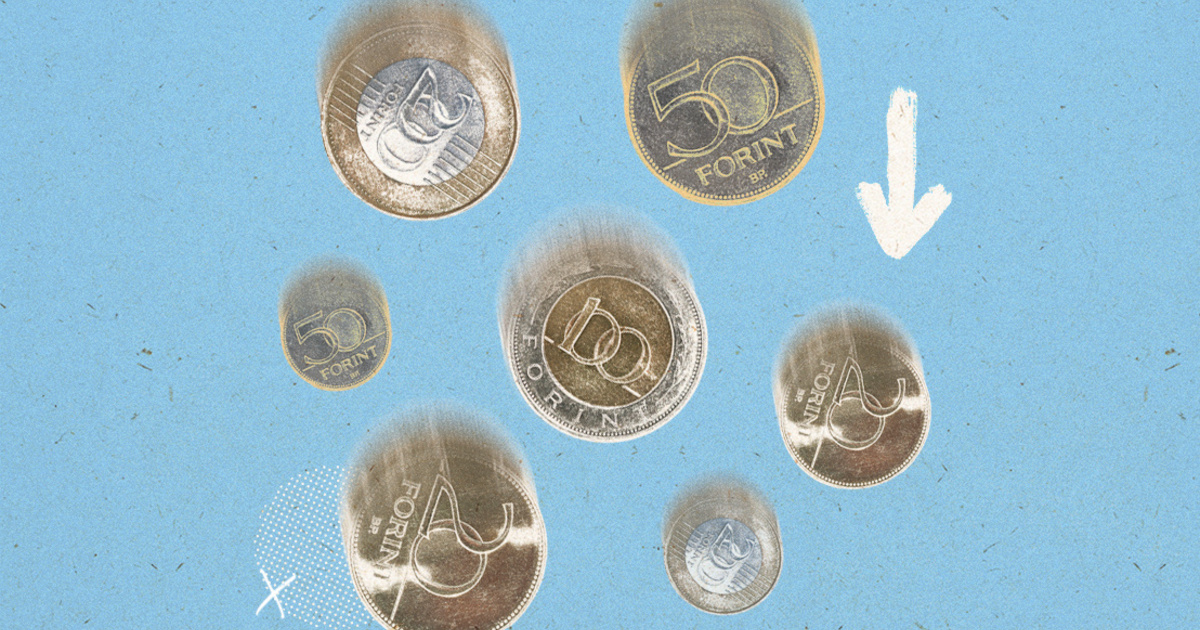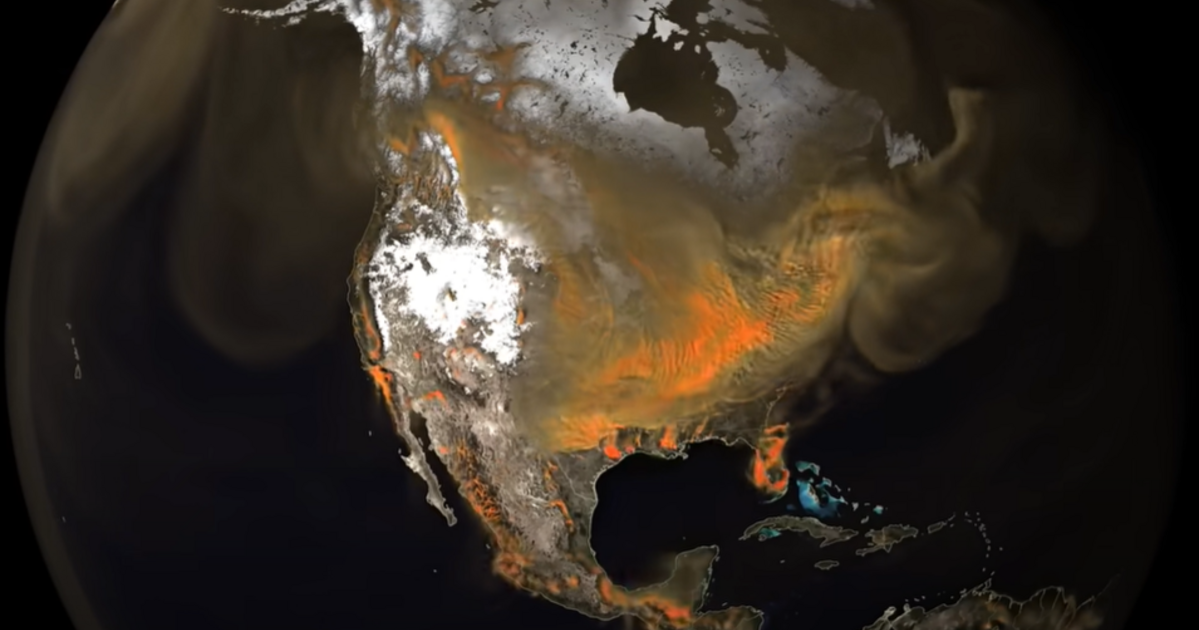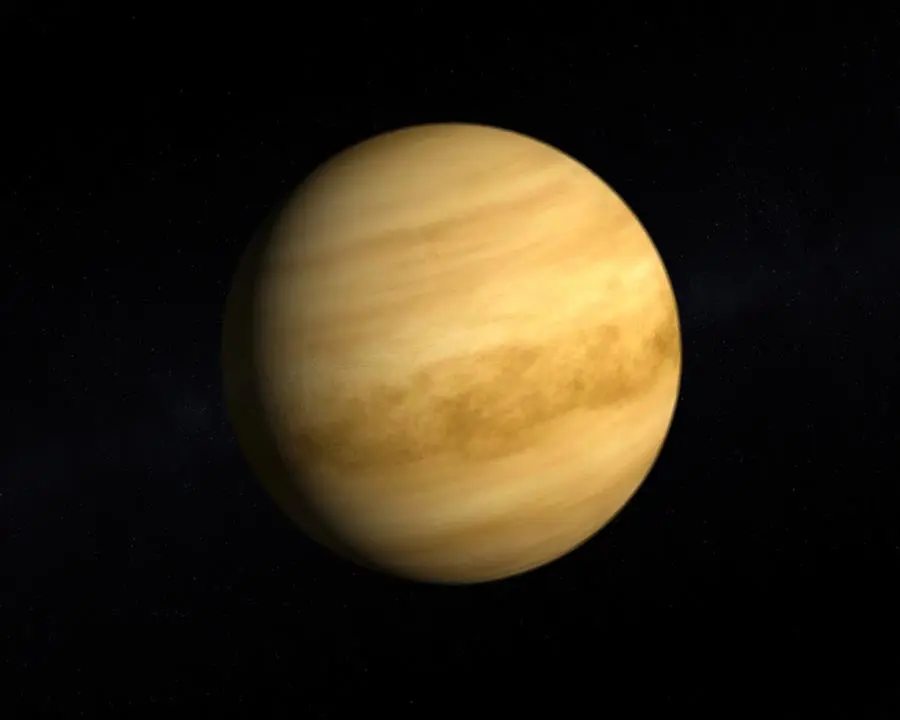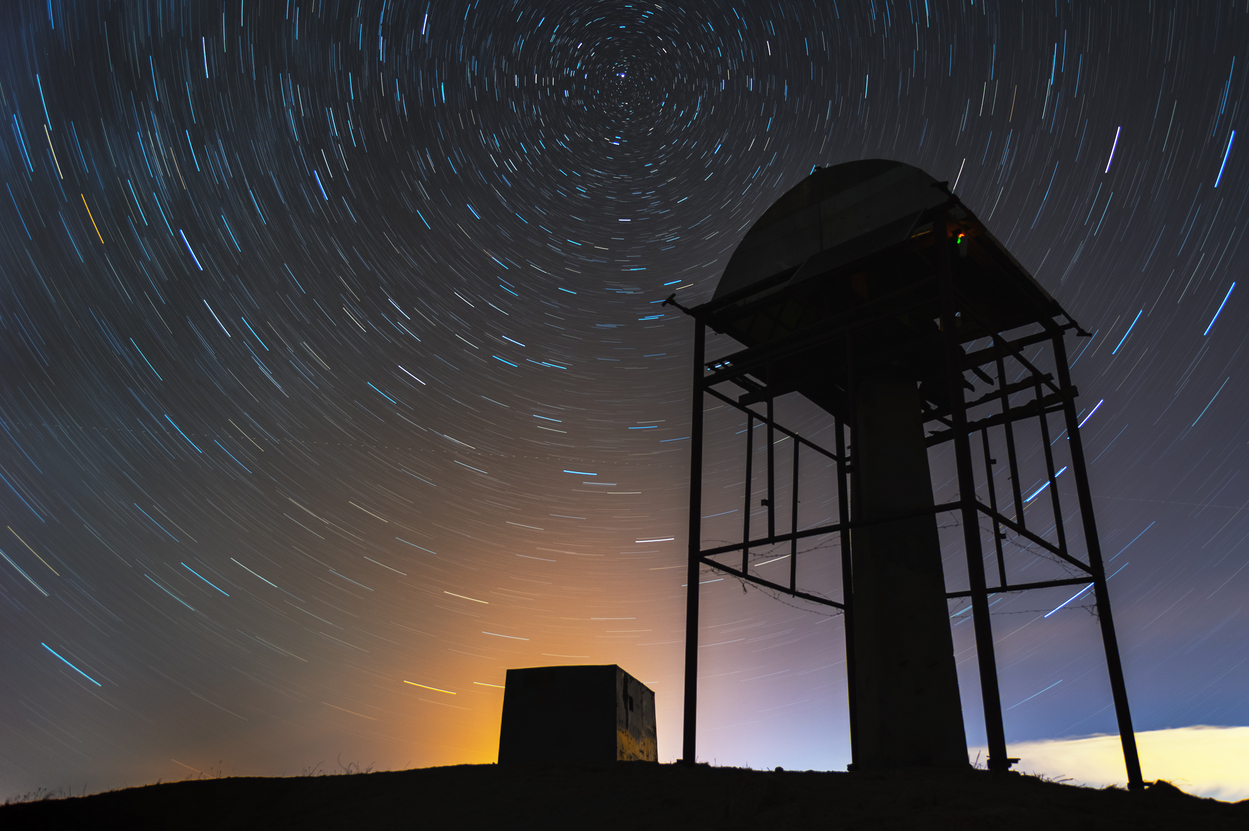The Svábhegy Observatory shared something incredible on Friday: At the beginning of the year, up to 130 meteors per hour can be observed with the arrival of the Quadrantid meteor shower. They also shared that on January 4th, it's a good idea to scan the sky more in the early morning hours, as that's when we'll see the most meteors. All this will be special because the swarm is also full of very bright fireballs.
Something unexpected appears in the sky, anything can happen this weekend
Read more…
Read more…
But the moon won't make things easier for us, so we can experience an unforgettable shooting star. It is worth choosing a place free of light pollution, where we can see the wonderful sky clearly, and we can be lucky to be away from city lights. In Budapest, for example, Normava or Harmachatar Hegyi might be the best places for stargazing.
What is the Quadrantid meteor shower?
The most important and exciting astronomical event to begin the year is the arrival of the Quadrantid meteor shower. This is a meteor shower that ideally attracts an average of 130 meteors across the northern sky per hour, rivaling August's meteors (maximum average of 84 meteors) and December's Geminid meteors (maximum average of 88 meteors per hour).
You won't see more celestial miracles like this in your lifetime, so it's worth staying up to watch this amazing phenomenon this weekend.
Read more…
Read more…
According to the information, the original body of the Quadrantid meteor shower is the asteroid 2003 EH1, which has a diameter of only 3 kilometers. Interestingly, asteroids rarely produce debris clouds in their orbits that form the basis of meteor showers. However, the strange orb is still responsible for the Quadrantid meteor shower, suggesting that 2003 EH1 is actually the nucleus of comet C/1490 Y1, which astronomers in the Far East observed five hundred years ago. It is possible that this object left behind a thin cloud of dust that meets the Earth every year in the first days of January, crossing our planet's orbit around the sun.
The last time there was such a shooting star was in August, and an amazing video was filmed about it:
Source: MTI










